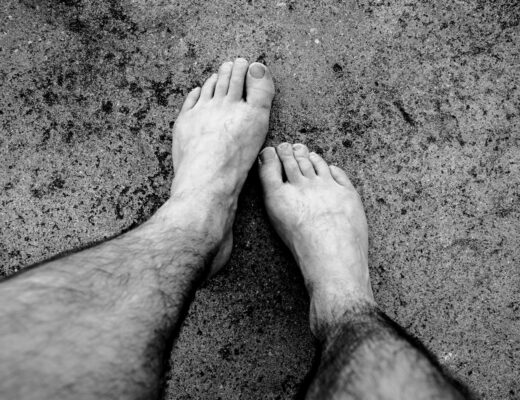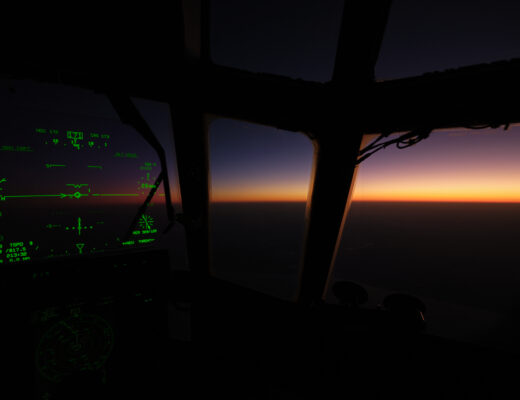To zoom or not to zoom, that is the question. As new photographers, we are initially attracted to zooming. It’s what we’re used to (from our compact point-and-shoot cameras), and it makes the most sense. Who wouldn’t want multiple lenses in one? Who wants to switch lenses all the time? However, as we ‘advance’ in our photography skills, we discover the prime lenses. We realise there’s optical compromises with zoom lenses, including maximum aperture speed. We buy our first prime and we’re fascinated… then our second. We’re done with zooms. It’s beneath us now. This is very true for most street photographers. Many of us commit to a preferred focal length for life, either the 35mm (XF23mm), 50mm (XF35mm) or the less popular 28mm (XF18mm). Although there are special zooms designed for specific fields and applications, is there a place for a zoom lens as a street photographer? Real street photographers only use primes, right?

XF18-55mm f/2.8-4 R OIS at 18mm
I had the opportunity to take pictures in both Hong Kong and Japan the past few months and I brought along various lenses to test and compare within the Fujifilm lens line-up. I was able to use the XF14mm, XF23mm f/2, XF35mm f/2, XF18-55mm and the XF10-24mm. Each lens had a specific purpose on each of my trips (including shooting video), but I did try all of them for basic day-to-day photography. What I found was the XF18-55mm to the best overall lens for travel and street photography. Really? Better than the XF35mm f/2 or XF23mm f/2?

XF35mm f/2 WR
For an experienced photographer who understands that a zoom lens isn’t merely a cropping tool, the XF18-55 is basically 5 lenses in one (XF18, XF23 ,XF27, XF35, XF55). If you understand how field-of-view and perspective works, and you have every lens at your finger tips. However, I’m not delusional. I understand that each equivalent prime will have better image quality than the standard kit zoom. At the same time, for a street photographer who must anticipate a shot before it happens, the ability to ‘swap lenses’ on the fly in a busy crowded city is invaluable. It’s a matter of getting the shot or not getting it. It’s that simple. Do you care if the image is slightly less sharp or has more distortion because you used a zoom lens? I don’t care, as long as I get the shot.

XF10-24mm at 14mm
Most street photographers shoot with the lens stopped down, so for daytime shooting the maximum aperture doesn’t really matter so much. Set the zoom for aperture priority, leave it at f/5.6 and start shooting. On top of that, the XF18-55mm and XF10-24mm lens have OIS (Optical Image Stabilization), giving a 2-3 stop advantage over a non-stabilized prime lens. This won’t stabilize your subject, but it’s still there if you don’t have a tripod and need to stabilize yourself. However, if you shoot at night, there is no substitute for a fast prime lens. Tuck in your arms, learn to breath properly, squeeze the shutter (not press) and anticipate the right moment and you have the shot with a fast prime.

XF35mm f/2 WR
Just so you understand, I’m not advocating zoom only photography, especially for street photography. Other than the speed and optics, there are other advantages of primes over zooms. Compact size is one of them. Most street photographers don’t want to be seen, so a diminutive lens and body goes a long way to remain unseen and unnoticed. The XF18-55mm lens is not a large lens, but compared to the XF23mm f/2 WR or XF35mm f/2 WR, it looks huge. Similarly, the compact XF14mm f/2.8 (my favourite ultra-wide angle lens) is much smaller and lighter than the powerful but clunky XF10-24mm f/4 OIS lens. If you’re shooting wide angle architecture all day, consider the smaller (but less flexible) prime option.

XF14mm f/2.8

XF23mm f/2 WR
If you are a dedicated street photographer, having a single prime as your standard lens (XF18, XF23, XF27, XF35) and a zoom (XF10-24, XF18-55, XF16-55) is the ideal set-up, especially when travelling. If you do anything specialized (landscape, nature, portraiture, etc.) then additional zoom and prime lenses will be necessary. For myself, I would carry the XF14mm f/2.8 (for landscape and architecture), XF23mm f/2 WR (primary street lens), and the venerable XF18-55mm f/2.8-4 OIS as my ideal travel kit. The XF18-55mm is a very underrated zoom lens, but it saved me plenty of times while in Hong Kong. It was my primary video lens, but I also used it on very busy streets where the XF35mm f/2 WR was way too narrow a field-of-view for such a tight and layered city.

XF18-55mm f/2.8-4 OIS at 18mm

XF18-55mm f/2.8-4 OIS at 18mm
I won’t pretend that I prefer zooms over primes. I am a prime lens photographer. My favourite lenses across all my camera systems (DSLR, mirrorless, film SLR, film rangefinder) are all primes. My current favourite lens in the Fujifilm X series line-up is the new XF23mm f/2 WR and it was my primary lens while I was in Japan. The rendering is amazing, something that the XF18-55mm lens can not duplicate, even with slick post processing in Photoshop. However, if getting the shot is important to you, I strongly advocate the one prime and one zoom lens philosophy when travelling. I do hope the XF18-55mm f/2.8-4 OIS lens is updated with WR and perhaps a slightly wider 16mm starting point, but that’s for another article (lens wish-list). As for preferred bodies, I love both the X-T2 and the X-Pro2, but on both trips I decided to take the newer body (check out my article concerning my preference for the X-T2 for work). For now, enjoy taking pictures with both primes and zooms, enjoy traveling, enjoy exploring, enjoy sharing, and happy shooting.

X-T2 with XF10-24mm f/4 OIS. X-Pro2 with XF23mm f/2 WR. XF14mm f/2.8 (top left), XF18-55mm f/2.8-4 OIS (top right), XF35mm f/2 WR (middle right). Child of Laborer leather strap on X-Pro2




















